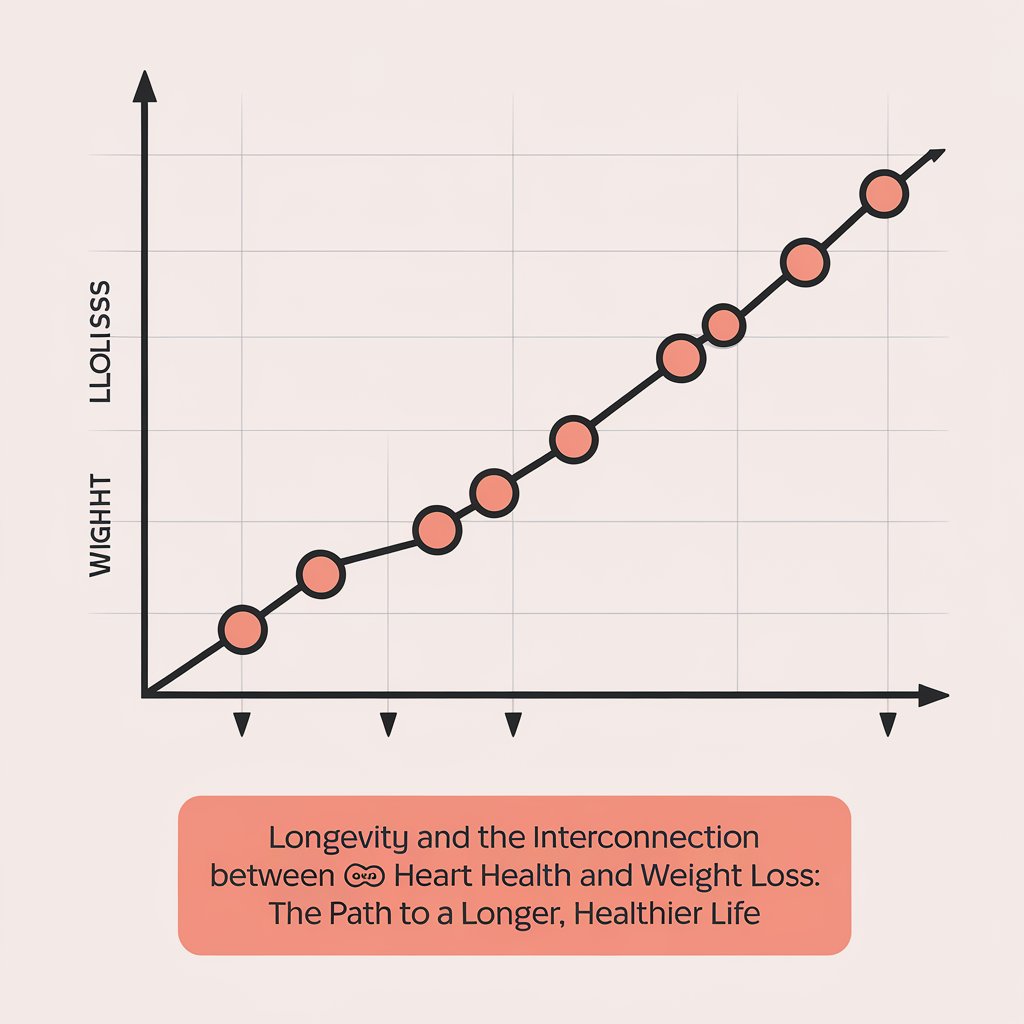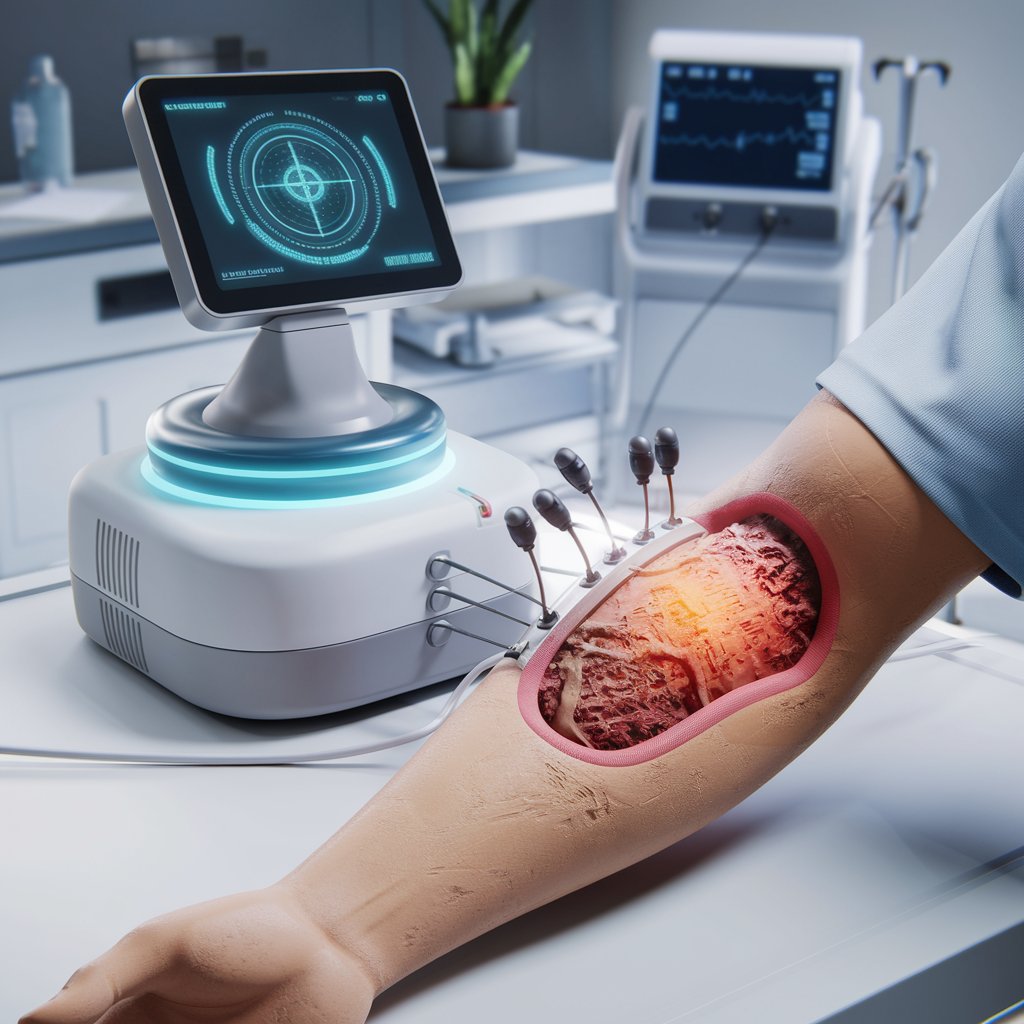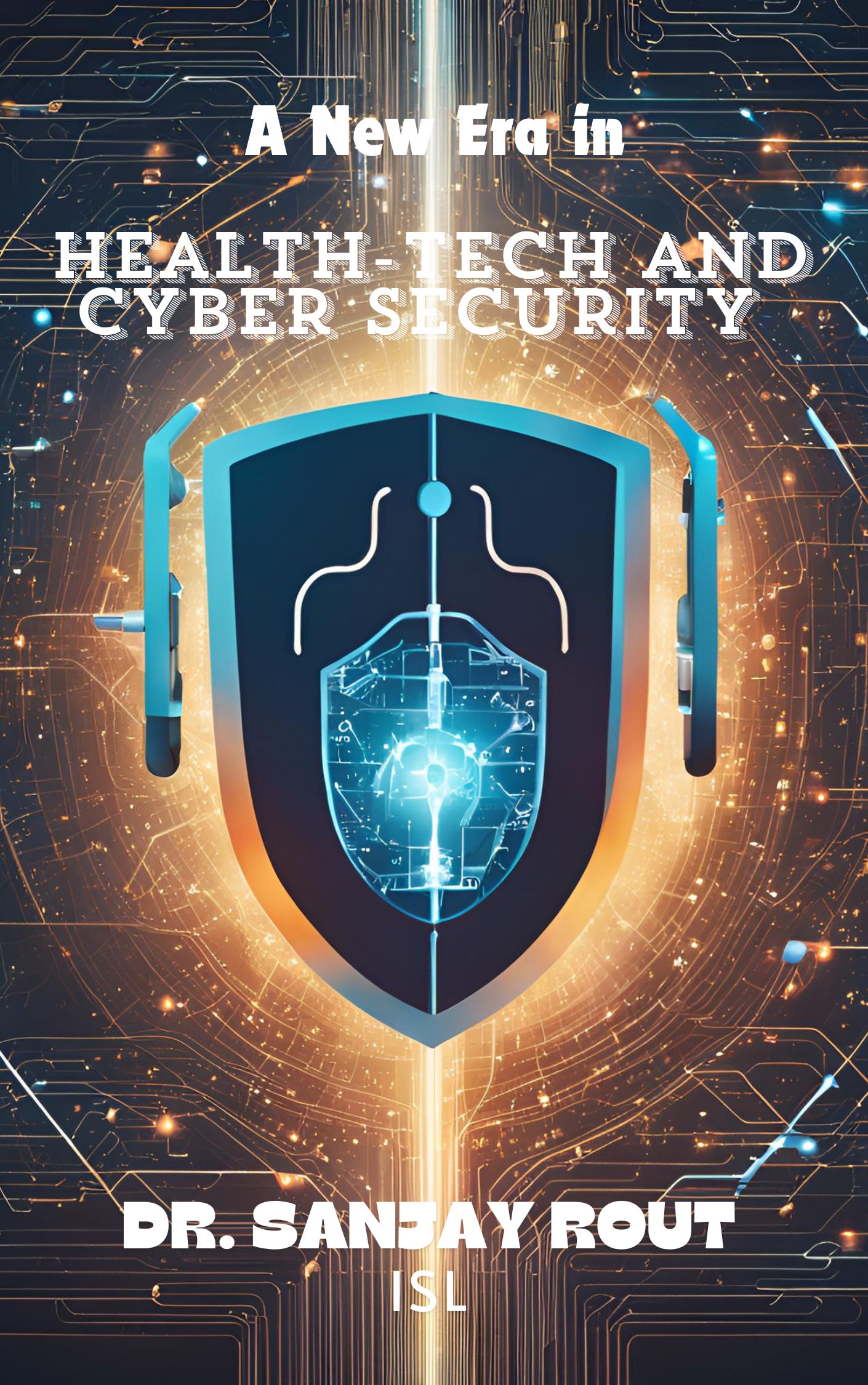A Public Health Priority
Non-communicable diseases (NCDs) and chronic diseases are the leading causes of death and disability worldwide, accounting for 71% of all deaths and 85% of the global burden of disease1 NCDs and chronic diseases include cardiovascular diseases, cancers, diabetes, chronic respiratory diseases, mental disorders, neurological disorders, oral diseases, musculoskeletal disorders, kidney diseases, liver diseases, etc. Among these, viral hepatitis is a major public health challenge that causes acute and chronic liver disease and affects millions of people globally2
NCDs and chronic diseases pose a serious threat to human health and well-being, as well as to social and economic development. They affect people of all ages, genders, and backgrounds, but disproportionately affect the poor and marginalized populations. They are driven by four common modifiable risk factors: tobacco use, harmful use of alcohol, unhealthy diet, and physical inactivity. They are also influenced by other determinants of health, such as environmental factors, social factors, genetic factors, etc1
The prevention and control of NCDs and chronic diseases require a comprehensive and multisectoral approach that addresses the causes and consequences of these diseases. It also requires a strong political commitment and leadership at all levels of government and society. It also requires a coordinated and collaborative action among various stakeholders, such as health authorities, civil society organizations, the private sector, academia, media, etc1
Current situation and challenges of NCDs and chronic diseases
- According to the World Health Organization (WHO), NCDs are responsible for 41 million deaths each year, equivalent to 71% of all deaths globally. Of these deaths, 17 million are premature (under 70 years of age)1
- The main types of NCDs are cardiovascular diseases (17.9 million deaths annually), cancers (9.6 million deaths annually), respiratory diseases (3.9 million deaths annually), and diabetes (1.6 million deaths annually). These four groups of diseases account for over 80% of all premature NCD deaths1
- Chronic diseases are long-term or recurrent conditions that often require ongoing medical attention or limit activities of daily living. They include NCDs as well as some communicable diseases that can become chronic, such as HIV/AIDS, tuberculosis, etc3
- Viral hepatitis is a chronic disease that causes inflammation of the liver and can lead to cirrhosis, liver cancer, liver failure, or death. There are five main types of viral hepatitis: A, B, C, D, and E. Hepatitis B and C are the most common types that cause chronic infection and are responsible for 1.4 million deaths each year2
- The burden of NCDs and chronic diseases is increasing due to population aging, urbanization, globalization, environmental degradation, social inequities, etc. These factors also contribute to the emergence or re-emergence of new or old infectious diseases that can complicate or worsen the outcomes of NCDs or chronic diseases31
- The burden of NCDs and chronic diseases is unevenly distributed across regions and countries. Low- and middle-income countries (LMICs) bear the brunt of the NCDs epidemic, accounting for 86% of premature deaths from these diseases. Within countries, the poor and marginalized populations are more vulnerable to NCDs or chronic diseases due to their limited access to health care services, information, education, resources, etc1
- The burden of NCDs and chronic diseases is also costly for individuals, families, communities, health systems, and economies. NCDs or chronic diseases can cause physical pain, emotional distress, disability, social isolation, stigma, discrimination, poverty, etc. They can also reduce productivity, increase healthcare expenditures, impede economic growth, and undermine sustainable development. 31
Best practices and recommendations for prevention and control of NCDs and chronic diseases
- The prevention and control of NCDs and chronic diseases require interventions aimed at the four main types of diseases and their risk factors. Appendix 3 of the 2013-2020 Global Plan for the Prevention and Control of NCDs proposes a series of cost-effective, evidence-informed public health interventions aimed at guiding decision-making.3
- The prevention and control of viral hepatitis require interventions aimed at preventing transmission, diagnosing infection, providing treatment, and ensuring care and support for people living with hepatitis. The Global Health Sector Strategy on Viral Hepatitis 2016-2021 outlines a framework and targets for eliminating viral hepatitis as a public health threat by 2030.2
- The prevention and control of oral diseases require interventions aimed at promoting oral hygiene, reducing sugar consumption, providing fluoride exposure, ensuring access to preventive and curative dental services, and integrating oral health into primary health care and other health programs. The Global Oral Health Status Report 2022 provides an overview of the current situation and challenges of oral health, as well as the best practices and recommendations for improving it.4
- The prevention and control of neurological disorders require interventions aimed at reducing exposure to risk factors, such as head injury, infection, pollution, etc.; improving diagnosis and management; providing rehabilitation; and enhancing research and innovation. The Global Action Plan on the Public Health Response to Dementia 2017-2025 provides a comprehensive approach to addressing dementia as a priority issue. 5
- The prevention and control of NCDs and chronic diseases require a multisectoral approach that involves various sectors, such as health, education, transportation, agriculture, environment, etc.; as well as various stakeholders, such as government agencies, civil society organizations, private sector, academia, media, etc. The Political Declaration on NCD Prevention and Control adopted by the United Nations General Assembly in 2011 calls for a whole-of-government and whole-of-society response to NCDs. 1
Actions and Strategies for Implementation
- To implement the best practices and recommendations for the prevention and control of NCDs and chronic diseases effectively and efficiently, some actions and strategies are needed at different levels: global, regional, national, subnational, local, etc. Some examples are:
- Developing policies and plans that are aligned with the global frameworks and targets for NCDs or chronic diseases; that are based on evidence; that are participatory; that are multisectoral; are integrated; that are monitored; that are evaluated; etc.
- Mobilizing resources that are adequate; that is sustainable; that is predictable; that is transparent; that are accountable; etc.
- Strengthening capacities that are human; that are institutional; that are technical; that are infrastructural; etc.
- Building partnerships that are inclusive; that are collaborative; that are coordinated; that are synergistic; etc.
- Raising awareness that is accurate; that is timely; that is relevant; that is tailored; etc.
- Empowering people that are respectful; that is supportive; that is participatory; that is meaningful; etc.
Non-communicable diseases (NCDs) and chronic diseases are major public health priorities that require urgent and concerted action from all stakeholders at all levels. By implementing the best practices and recommendations for their prevention and control; by adopting some actions and strategies for their implementation; we can reduce the burden of these diseases; we can improve the health and well-being of people; can promote social and economic development; we can achieve sustainable development goals. So, we came up with Program Charaka.
Program Charaka is the first of its kind initiative to fill the voids in the digital health infrastructure of the country which has the potential to bridge sustainability with education and promote health awareness throughout.
Traditional disease surveillance methods face limitations that hinder their effectiveness in preventing and controlling the spread of illnesses.
- Delayed detection: Current methods often result in delayed identification of outbreaks, leading to increased transmission rates.
- Resource constraints: Limited resources, both financial and human, pose challenges in collecting and analyzing data on a large scale and often fail to reach the grassroots level.
- Limited community engagement: Traditional approaches may struggle to actively involve communities in disease surveillance efforts, impacting the accuracy and comprehensiveness of data.
In India, disease surveillance plays a crucial role in public health management and in preventing the spread of infectious diseases. However, there are challenges in establishing an efficient and comprehensive surveillance system that can quickly detect and respond to outbreaks. To address this, we propose an innovative approach that leverages educational institutions as virtual hub centers for disease surveillance. The rationale behind this approach is twofold. First, educational institutions, such as schools and colleges, have widespread reach and influence, making them ideal platforms for community engagement and awareness. Second, these institutions are equipped with infrastructure and resources that can be utilized for data collection, analysis, and reporting.
The end goal of Program Charaka is to achieve several outcomes and perfect the digital health infrastructure of India through a novel disease surveillance model.
Early Detection and Prevention:
The model aims to enhance the early detection and prevention of diseases, including chronic diseases like hepatitis. Leveraging the resources and reach of educational institutions facilitates the timely identification of disease outbreaks, clusters, or individual cases, allowing for prompt response and preventive measures.
Improved Public Health:
The ultimate objective is to improve public health outcomes by reducing the burden of diseases. Through effective disease surveillance, the model helps in tracking and monitoring the prevalence, trends, and risk factors associated with various diseases. This information can inform targeted interventions, public health policies, and resource allocation, leading to better healthcare planning and management.
Empowerment of Educational Institutions:
The model empowers educational institutions to actively contribute to public health initiatives and become catalysts for change. It engages students, faculty, and staff in disease surveillance activities, fostering a sense of responsibility, civic engagement, and community participation. This not only benefits the health of the population but also strengthens the role of educational institutions in society.
Sustainable Disease Surveillance System:
Through the implementation of this model, the aim is to establish a sustainable disease surveillance system that can be scaled up and replicated across different regions and settings. By leveraging existing infrastructure and resources in educational institutions, the model ensures the long-term viability and sustainability of the surveillance efforts.
Focus Areas:
- Non- Communicable Diseases
- Neglected Tropical Diseases
- Vector-Borne Diseases
- Respiratory Infections
- Sexually Transmitted Infections
- Vaccine-Preventable Diseases
- Water-Borne and Food-Borne Illnesses
- Emerging and Re-Emerging Infectious Diseases
The key objectives of our project include:
- Establishing a network of educational institutions as virtual hub centers for disease surveillance.
- Enhancing the capacity of educational institutions in disease monitoring, reporting, and data analysis.
- Promoting health education and awareness among students, teachers, and the wider community.
- Strengthening collaboration between educational institutions, public health agencies, and healthcare providers for efficient data sharing and response coordination.
By engaging educational institutions as active stakeholders in disease surveillance, we can create a robust and sustainable system that complements existing healthcare infrastructure. This approach not only empowers individuals with knowledge and skills but also fosters a culture of proactive health management and community participation.
Through this project, we envision a future where disease surveillance is democratized and integrated into the fabric of educational institutions across India. By combining the power of education, technology, and community engagement, we can achieve a significant impact on disease prevention, early diagnosis, and improved health outcomes.
Primary References:
Secondary References:
- https://www.ncbi.nlm.nih.gov/pmc/articles/PMC9403137/
- https://idsp.nic.in/index4.php?lang=1&level=0&linkid=406&lid=3689
- https://www.annualreviews.org/doi/10.1146/annurev-publhealth-031816-044348
- https://www.hhs.gov/sites/default/files/viral-hepatitis-action-plan.pdf














